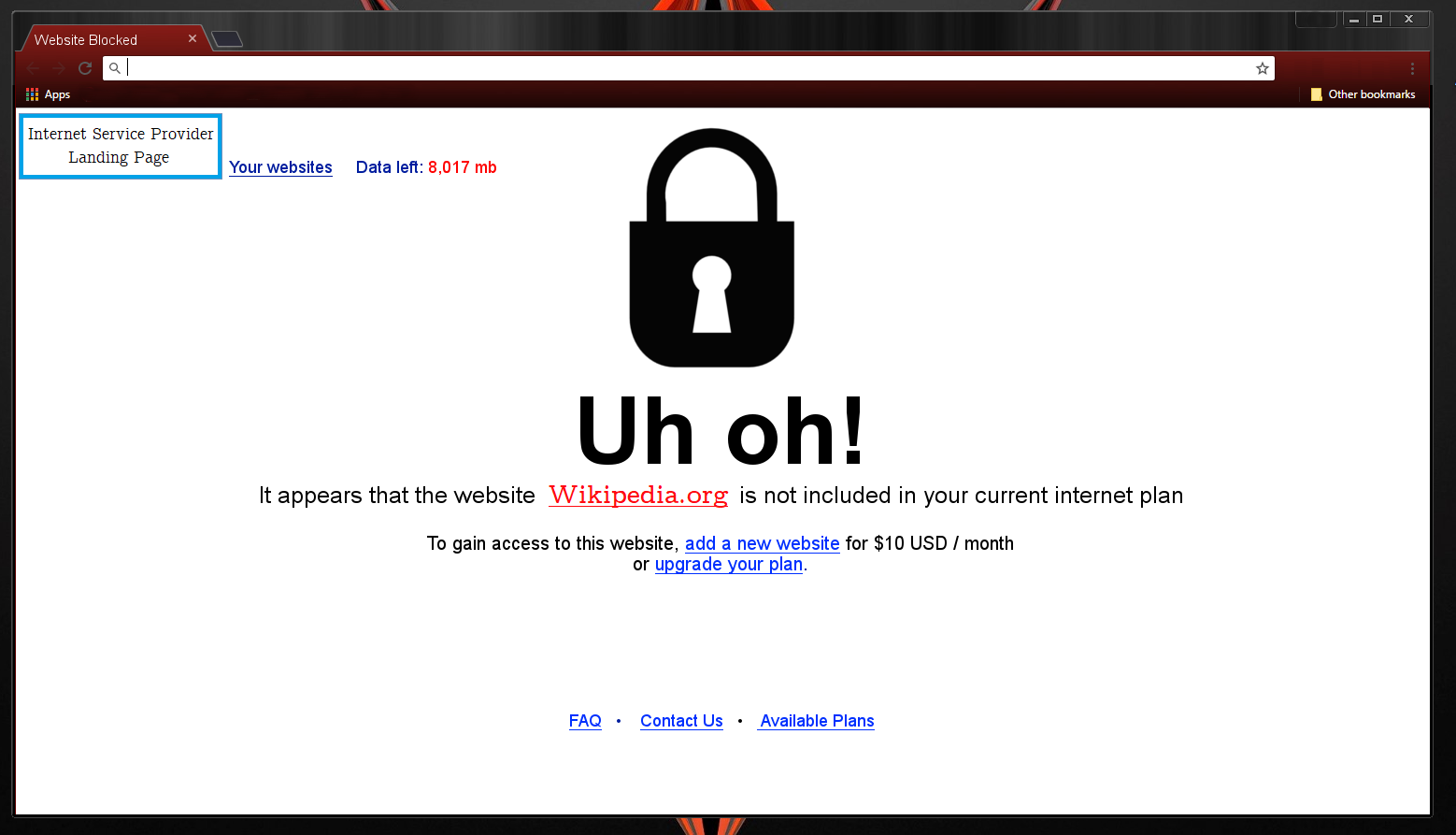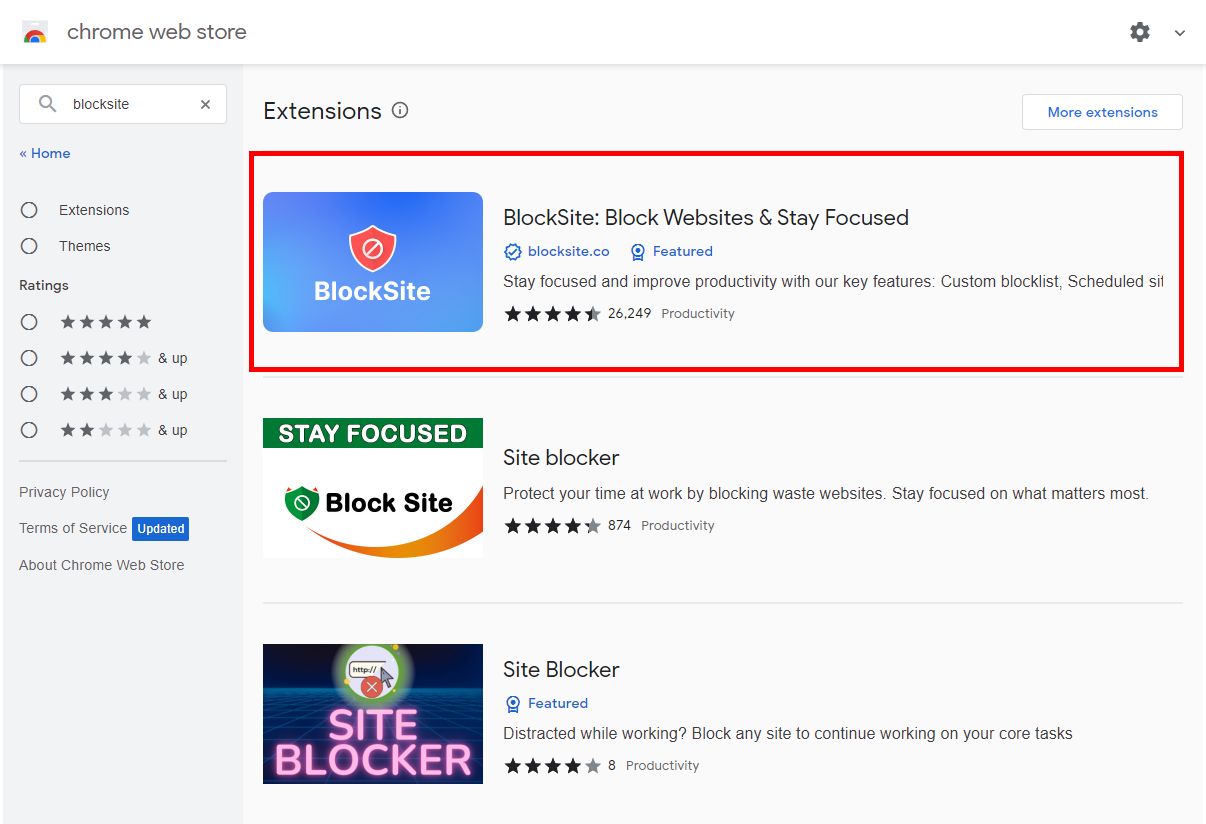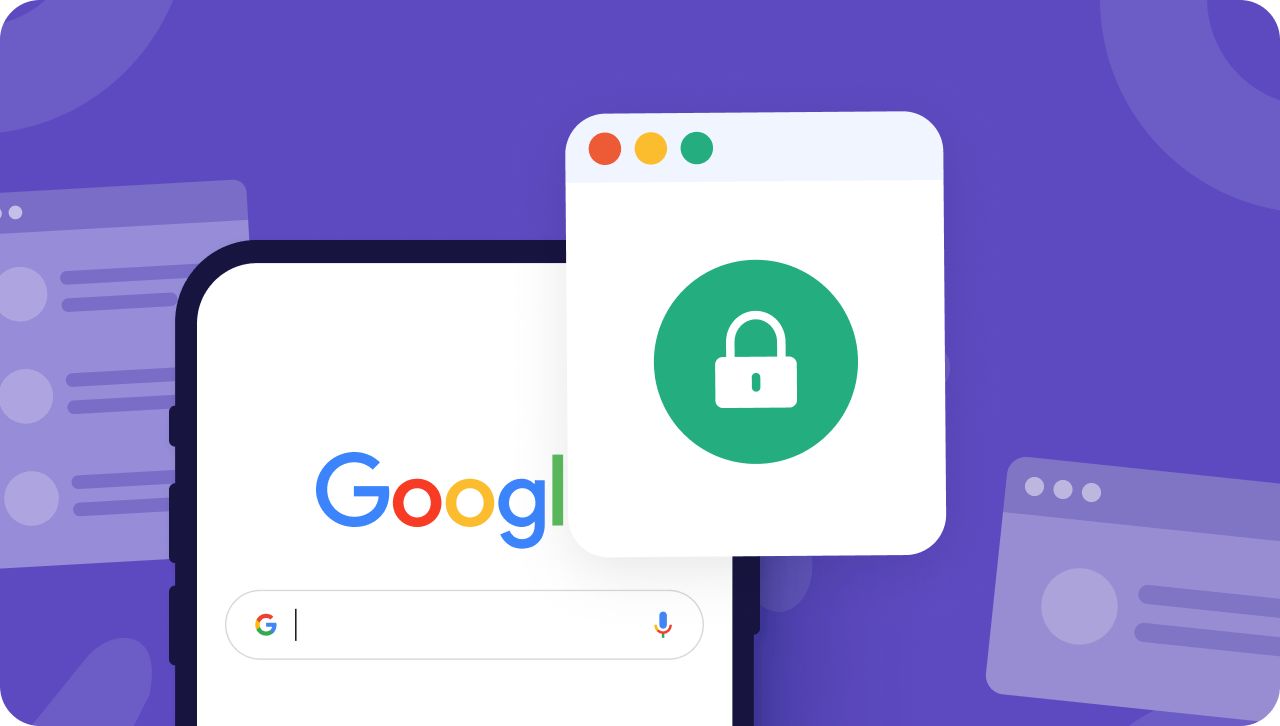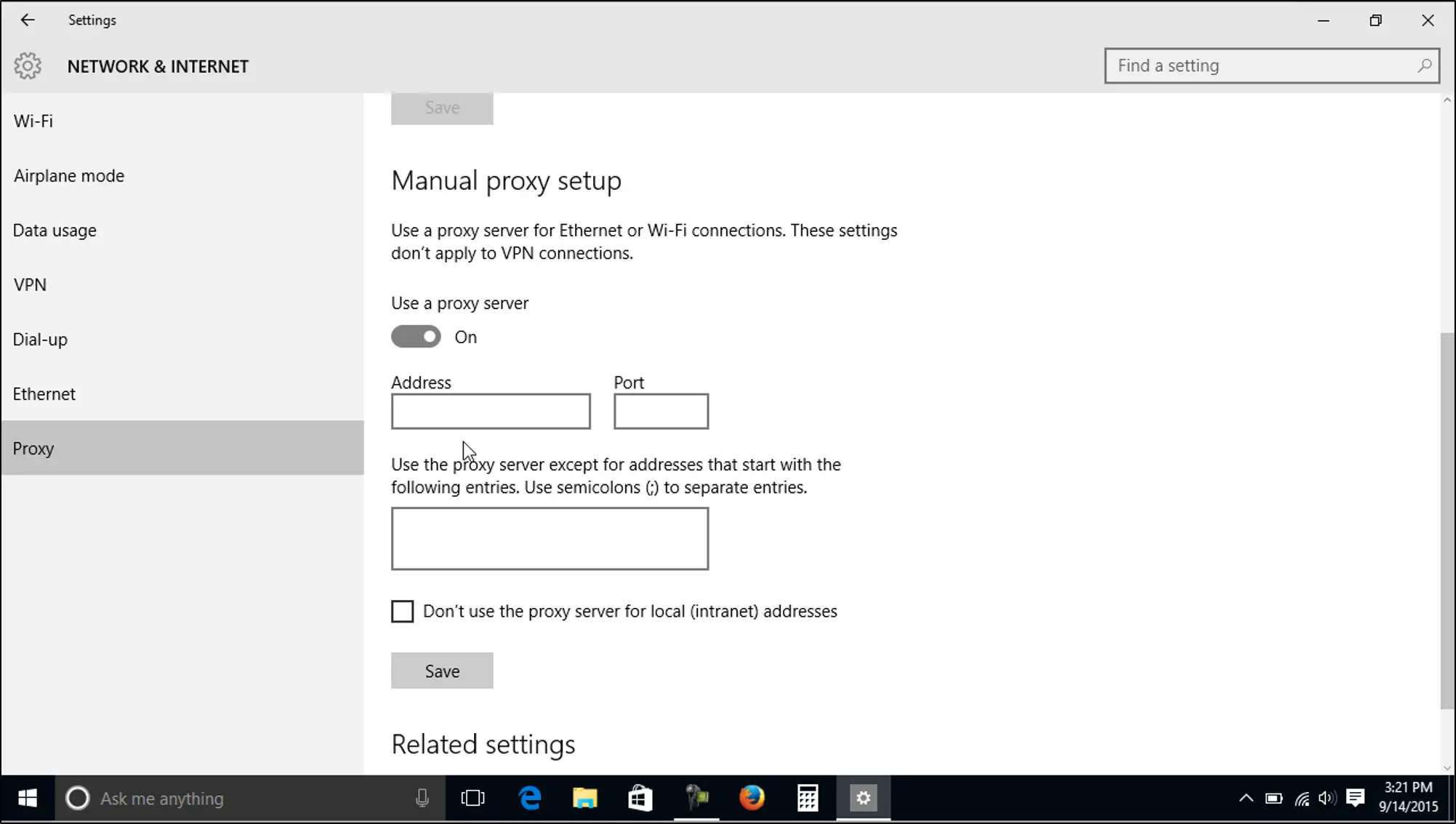Introduction
With the increasing use of proxy servers for security and privacy reasons, it’s not uncommon to encounter blocked websites when browsing the internet. Proxy servers act as intermediaries between your device and the internet, allowing you to access websites while keeping your IP address hidden.
However, sometimes certain websites or content are restricted by proxy servers, either due to regional limitations or company policies. This can be frustrating, especially if you need to access important information or connect with friends and family.
In this article, we will explore different methods to unlock proxy server blocked sites and regain access to the online content you desire. These methods range from using a virtual private network (VPN) to employing proxy websites and adjusting proxy settings. By following these techniques, you can bypass the restrictions imposed by proxy servers and enjoy a seamless browsing experience.
It’s important to note that while these methods can be effective, they may not always work in every situation. The effectiveness of each method may depend on the specific circumstances and the level of security implemented by the proxy server.
So, without further ado, let’s dive into the various ways you can unblock proxy server blocked sites and regain access to the online content you need.
Understanding Proxy Server Block
Before we delve into the solutions to unblock proxy server blocked sites, it’s important to understand how these blocks work. Proxy server blocks are implemented to restrict access to certain websites or content that may be considered inappropriate, malicious, or against company policies.
Proxy servers typically analyze network traffic and make decisions based on filters, rules, and access control lists. When you attempt to access a website that is blocked by the proxy server, it intercepts the request and prevents you from reaching the desired content.
There are different methods that proxy servers use to block websites. Here are a few common ones:
- URL Filtering: Proxy servers can block specific URLs or keywords within URLs. This means that if a blocked keyword is found in the URL you are trying to access, the proxy server will prevent you from reaching the site.
- IP Filtering: Proxy servers can also block specific IP addresses or ranges of IP addresses. If a website is hosted on a server with a blocked IP address, the proxy server will prevent you from accessing that site.
- Domain Filtering: Proxy servers can block access to entire domains. If a domain is deemed inappropriate or against the proxy server’s policies, any website hosted on that domain will be blocked.
These blocks can be frustrating, especially when you need to access important information or resources. Fortunately, there are various methods you can use to bypass these proxy server blocks and regain access to the blocked sites.
Next, we will explore different techniques you can employ to unblock proxy server blocked sites and regain the freedom to browse the internet without restrictions.
Different Ways to Unblock Proxy Server Blocked Sites
When faced with proxy server blocked sites, there are several effective methods you can try to regain access to the content you desire. These methods vary in their approaches and may work differently based on the specific circumstances. Let’s explore some of the most common ways to unblock proxy server blocked sites:
- Use a VPN: A virtual private network (VPN) allows you to establish a secure connection to the internet by encrypting your data and routing it through a server located in a different location. By using a VPN, you can bypass proxy blocks and access blocked sites. There are many reliable VPN providers available, both free and paid, that offer easy-to-use applications across various devices.
- Use a Proxy Website: Proxy websites act as a middleman between you and the blocked site. By accessing a proxy website, you can enter the URL of the blocked site and have it displayed through the proxy server, effectively bypassing the block. However, it’s important to note that some proxy websites may be unreliable or carry potential security risks, so exercise caution when using them.
- Configure Proxy Settings: In some cases, you may be able to unblock proxy server blocked sites by adjusting the proxy settings on your device or web browser. By disabling the proxy or configuring it to use a different server, you can potentially bypass the block. However, keep in mind that this method may not work if the proxy settings are locked down or controlled by network administrators.
- Try a Different Browser: If one browser is consistently blocked by the proxy server, try switching to a different browser. Proxy blocks may vary depending on the browser you are using, so using an alternative browser might allow you to access the blocked site.
- Use the TOR Browser: The TOR browser is a powerful tool for maintaining anonymity and bypassing online restrictions. It routes your internet traffic through a network of volunteer-operated servers, making it difficult for anyone to trace your activity. By using the TOR browser, you can often bypass proxy server blocks and access blocked sites.
- Use DNS Servers to Bypass Proxy Blocks: By changing your DNS (Domain Name System) servers, you can sometimes bypass proxy blocks. DNS servers convert domain names into IP addresses, and by using alternative DNS servers, you may be able to bypass the proxy server’s block on certain sites.
- Utilize a Web-based Proxy Extension: Some web browsers offer proxy extensions that let you browse the internet through a proxy server. These extensions can help you bypass proxy blocks and access blocked sites. Popular examples include FoxyProxy and ZenMate.
By employing these different methods, you can increase your chances of unblocking proxy server blocked sites and regain access to the content you need. Experiment with these techniques to find the one that works best for you, keeping in mind that effectiveness may vary depending on your specific situation.
Use a VPN
One of the most effective ways to unblock proxy server blocked sites is by using a virtual private network (VPN). A VPN allows you to establish a secure and encrypted connection to the internet by routing your traffic through a server located in a different location. This not only protects your data but also allows you to bypass any proxy blocks that may be in place.
When you connect to a VPN, your device’s IP address is masked, and your internet traffic is encrypted, making it difficult for anyone, including proxy servers, to track your online activities. By using a VPN, you can access blocked sites and bypass restrictions imposed by proxy servers.
There are many VPN providers available, both free and paid, that offer applications for various devices such as computers, smartphones, and tablets. To use a VPN, follow these steps:
- Research and choose a reputable VPN provider that meets your needs.
- Download and install the VPN application on your device.
- Launch the application and sign in to your VPN account.
- Select a server location from the available options. Choosing a server in a different country can help you bypass regional restrictions.
- Click the connect button to establish a secure VPN connection.
Once connected, all your internet traffic will be routed through the VPN server, effectively bypassing proxy server blocks. You can now browse the internet freely and access the blocked sites that were previously inaccessible.
It’s important to choose a reliable and trustworthy VPN provider to ensure your online privacy and security. Consider factors such as server locations, connection speed, and customer reviews when making your decision. Additionally, be aware that free VPNs may have limitations and could potentially compromise your privacy with data logging or sharing.
By using a VPN, you can unblock proxy server blocked sites and enjoy unrestricted access to the internet while keeping your online activities private and secure.
Use a Proxy Website
If a proxy server is blocking access to certain websites, using a proxy website can be an effective solution to bypass the block. Proxy websites act as intermediaries between your device and the blocked site, allowing you to access the content through their servers. Here’s how you can use a proxy website:
- Start by finding a trustworthy proxy website. There are several popular options available, such as ProxySite.com, Hide.me, and KProxy. Look for a proxy website that has a good reputation and positive user reviews.
- Visit the proxy website using your web browser.
- In the provided search bar on the proxy website, enter the URL of the blocked site you want to access.
- Click on the “Go” or “Visit” button to initiate the request.
- The proxy website will retrieve the content from the blocked site and display it through their server. This allows you to access the blocked site without directly connecting to it.
It’s important to note that while using a proxy website can help you bypass proxy server blocks, there are a few things to consider:
- Security: When using a proxy website, your data is routed through the proxy server, which means the website can potentially access your sensitive information. Therefore, it’s recommended to avoid entering personal or sensitive information while using a proxy website.
- Reliability and Speed: Proxy websites may vary in terms of reliability and speed. Some proxy websites may experience frequent downtime or have limitations on bandwidth, resulting in a slow browsing experience. It may require some trial and error to find a proxy website that suits your needs.
- Site Compatibility: Proxy websites may not fully support all types of websites, especially those with complex functionalities or heavy multimedia content. In such cases, the proxy website may not display the page properly or may not allow you to use certain features of the site.
While using a proxy website can help you access blocked sites, it’s important to proceed with caution. Consider the potential security risks and limitations involved, and use proxy websites as a temporary solution until you find a more reliable and secure method to unblock proxy server blocked sites.
Configure Proxy Settings
If you find yourself facing proxy server blocks, another approach you can try is configuring the proxy settings on your device or web browser. By adjusting these settings, you may be able to bypass the block and regain access to the blocked sites. Here’s how you can do it:
- Device Proxy Settings:
- On your device, navigate to the network or Wi-Fi settings.
- Find the option to configure proxy settings for the network you are connected to.
- Depending on your device and operating system, you may have different options for proxy settings, such as Automatic, Manual, or Proxy Auto-Configuration (PAC).
- If the proxy settings are set to Manual, you can enter the proxy server address and port number provided by a trusted proxy service or IT department.
- Save the changes and try accessing the blocked sites again.
- Browser Proxy Settings:
- Open the settings or preferences menu in your web browser.
- Locate the “Network” or “Proxy” settings.
- Depending on your browser, you may have different options, such as “Use system proxy settings” or “Manual proxy configuration.”
- If the manual proxy configuration option is available, enter the proxy server address and port number.
- Save the changes and restart your browser before attempting to access the blocked sites.
It’s important to note that configuring proxy settings may not always work, especially if the proxy settings are locked down or controlled by network administrators. In such cases, you may need administrative access or permission to make changes to the proxy settings on your device or browser.
Additionally, be cautious when modifying proxy settings, as incorrect configurations can lead to connectivity issues or prevent access to the internet altogether. If you’re unsure about making changes to the proxy settings, it’s best to consult with your IT department or a knowledgeable professional.
Configuring proxy settings can be a viable solution to unblock proxy server blocked sites, but it may not work in every situation. Explore this option and consider other methods if you’re unable to bypass the block using proxy settings alone.
Try a Different Browser
If you are encountering proxy server blocks while using a specific web browser, trying a different browser can be a simple yet effective solution. Proxy blocks can sometimes vary depending on the browser you are using, so switching to an alternative browser may enable you to access the blocked sites. Here’s how you can try a different browser:
- Identify the browser that is currently being blocked by the proxy server.
- Research and choose an alternative browser that you haven’t used before or one that you believe may not be affected by the proxy block.
- Download and install the new browser on your device.
- Launch the new browser and attempt to access the blocked sites.
By using a different browser, you are essentially starting with a clean slate. Proxy server blocks are often specific to the browser’s implementation, and you may find that the blocked site is accessible without any issues on the alternative browser.
It’s worth noting that while switching browsers can be a quick fix for proxy server blocks, it may not be a permanent solution. If the blocked site is crucial for your regular browsing needs, consider implementing other methods like using a VPN or proxy websites to ensure consistent accessibility.
Furthermore, it’s important to keep your alternative browser regularly updated to ensure security and compatibility with various websites. Outdated browser versions may have vulnerabilities that could affect your online safety.
If you’re facing proxy server blocks on multiple browsers, it’s possible that the blocking is happening at a deeper level, such as on the network or ISP level. In such cases, you may need to explore other methods mentioned in this article to bypass the restrictions.
By trying a different browser, you have a chance to bypass proxy server blocks and access the blocked sites. Experiment with different browsers to find the one that works best for you, keeping in mind that the effectiveness may vary depending on your specific situation.
Use the TOR Browser
When dealing with proxy server blockages, the TOR browser can serve as an excellent solution. TOR, short for “The Onion Router,” is a browser that provides anonymity and privacy by routing your internet traffic through a network of volunteer-operated servers worldwide. This routing makes it difficult for anyone to trace your online activity, including proxy servers that may block certain sites.
To use the TOR browser and bypass proxy server blocks, follow these steps:
- Download the TOR browser from the official website and install it on your device.
- Launch the TOR browser.
- Wait for the browser to connect to the TOR network. This process may take a few moments.
- Once connected, the TOR browser will open and you can begin using it to access the internet.
- Navigate to the blocked site you wish to visit within the TOR browser.
The TOR browser encrypts your internet traffic and routes it through several layers of servers, making it difficult for proxy servers to identify or block your access to specific sites. This allows you to bypass proxy server blocked sites and access the content that was previously restricted.
It’s important to note that while the TOR browser provides anonymity and can bypass many restrictions, it may not be the fastest or most suitable option for everyday browsing. The routing process can slow down internet connections, and certain websites or services may display differently than in other browsers due to additional security layers.
Furthermore, while the TOR browser is effective in bypassing proxy server blocks, it does not guarantee access to all blocked sites. Some websites may implement measures to prevent access from TOR exit nodes, limiting your ability to reach those specific sites.
Overall, the TOR browser is a powerful tool to consider when attempting to unblock proxy server restrictions. It provides anonymity and allows you to access blocked content, but keep in mind its potential limitations and the impact it may have on your browsing experience.
Use DNS Servers to Bypass Proxy Blocks
If you’re facing proxy server blocks, another method you can try is using alternative DNS (Domain Name System) servers to bypass the restrictions. DNS servers are responsible for translating domain names into IP addresses, allowing your browser to locate and connect to websites. By changing your DNS servers, you can potentially bypass the proxy server’s block on certain sites. Here’s how:
- Identify alternative DNS servers that you can use. Popular options include Google Public DNS, OpenDNS, and Cloudflare DNS.
- Access your network or internet settings on your device.
- Locate the DNS settings or DNS server configuration.
- Replace the existing DNS server addresses with the addresses of the alternative DNS servers you have chosen.
- Save the changes and restart your device or web browser.
By changing your DNS servers, your device will query the new DNS servers when attempting to resolve domain names. In some cases, this can help bypass proxy server blocks as the blocked sites may have different IP addresses associated with them when resolved through the alternative DNS servers.
It’s important to note that while changing DNS servers can be a successful method to bypass proxy blocks, it may not work in every situation. Proxy server blocks can sometimes be more sophisticated and may override DNS settings.
Additionally, keep in mind that using alternative DNS servers can impact your internet experience. Some DNS servers may have different response times, which can affect the speed at which websites load. It’s a good idea to research and choose reliable DNS servers with good performance and uptime.
If you’re uncertain about changing DNS server settings on your device, consult with your Internet Service Provider (ISP) or IT support for guidance. They can provide recommendations or assist in making the necessary changes.
By using alternative DNS servers, you have the potential to bypass proxy server blocks and access the sites that were previously unavailable. Experiment with different DNS servers to find the ones that work best for you, considering speed, reliability, and compatibility with your device and network.
Utilize a Web-based Proxy Extension
When dealing with proxy server blocks, utilizing a web-based proxy extension can be a convenient and effective solution. Proxy extensions are browser add-ons that allow you to browse the internet through a proxy server. These extensions route your web traffic through their servers, helping you bypass proxy blocks and access blocked sites. Here’s how you can utilize a web-based proxy extension:
- Choose a reliable web-based proxy extension that is compatible with your web browser. Popular examples include FoxyProxy, ZenMate, and ProxySite Extension.
- Visit the web store or add-on download page for your browser.
- Search for the proxy extension you have chosen.
- Click on the “Add to [Browser Name]” or similar button to install the extension.
- Once installed, the extension icon should appear in your browser toolbar.
- Click on the extension icon to activate it.
- Enter the URL of the blocked site you want to access in the extension’s search bar or popup window.
- The proxy extension will route your request through its server and display the blocked site, allowing you to access the content.
Utilizing a web-based proxy extension offers simplicity and ease of use. They often provide a user-friendly interface and allow you to quickly toggle between using the proxy server and accessing the internet directly.
However, keep in mind that relying on web-based proxy extensions comes with some considerations:
- Security: As your web traffic is routed through the proxy extension’s servers, it’s essential to choose a reputable and trustworthy extension to ensure the security and privacy of your data.
- Compatibility: Proxy extensions may have limitations or may not be compatible with all websites or types of content. Complex websites with heavy multimedia elements may not work properly, and certain features or functionalities may be limited.
- Reliability and Performance: The speed and reliability of web-based proxy extensions can vary. Some extensions may experience occasional downtime or slow response times, affecting your browsing experience.
Overall, utilizing a web-based proxy extension can be a handy way to bypass proxy server blocks and access blocked sites. Experiment with different extensions to find one that suits your needs in terms of performance, security, and compatibility.
Conclusion
Proxy server blocks can be frustrating when trying to access certain websites or online content. However, there are various methods you can employ to unblock proxy server blocked sites and regain the freedom to browse the internet without restrictions.
In this article, we explored different ways to overcome proxy server blocks. Using a VPN can mask your IP address and encrypt your data, allowing you to bypass the blocks effectively. Proxy websites act as intermediaries, enabling you to access blocked sites through their servers. Adjusting proxy settings on your device or browser can also help bypass the blocks in certain situations. Trying a different browser or using the TOR browser can provide alternative avenues to access blocked sites.
Additionally, changing DNS servers or utilizing web-based proxy extensions are other viable options to bypass proxy server blocks. These methods offer flexibility and convenience, allowing you to navigate the web with ease.
It’s important to note that while these methods can be effective, their success may vary depending on the specific circumstances. Proxy server blocks may be implemented with varying levels of complexity, and some methods may not always work in every situation.
When implementing these solutions, it’s crucial to prioritize your online security and privacy. Choose reputable VPN providers, proxy websites, and web-based proxy extensions to ensure the protection of your personal data.
Remember to also consider the potential limitations and impacts these methods may have on your browsing experience. Some methods might slow down your connection or limit access to certain features or functionalities.
To unblock proxy server blocked sites successfully, it’s important to explore and experiment with different techniques. Combining multiple methods or cycling through them can increase your chances of accessing blocked content.
Ultimately, by employing the methods outlined in this article, you can navigate around proxy server blocks and regain access to the websites and content that matter to you.

























